Legg Calve Perthes Disease Vs Scfe
Legg calve perthes disease vs scfe. He denies any inciting trauma or event. Problematic femoroacetabular impingement frequently is seen following Legg-Calvé-Perthes disease LCPD in young children and following slipped capital femoral epiphysis SCFE in older children and adolescents. LeggCalvePerthes Disease usually occurs between the ages of 4 and 8 while Slipped Capital Femoral Epiphysis usually occurs between the ages of 10 and 15.
Slipped capital femoral epiphysis SCFE vs. Slipped Capital Femoral Epiphysis and Legg-Calvé-Perthes Disease Pediatr Rev. Legg-Calve-Perthes LCP disease LCP can occur between the ages of 2 and 12 is 3 to 5 times more common in boys and is bilateral in 10 to 20 of cases.
Two of the most common pathologies in this age group include slipped capital femoral epiphysis SCFE and Legg-Calvé-Perthes disease LCPD. This condition was described independently by Arthur Legg Jacques Calve and Georg Perthes in 1910. Problematic femoroacetabular impingement frequently is seen following Legg-Calvé-Perthes disease LCPD in young children and following slipped capital femoral epiphysis SCFE in older children and.
Slipped Capital Femoral Epiphysis SCFE is a condition of the hip that usually affects adolescents in which the epiphysis growth plate of the femur becomes separated from the rest of the bone. This process is also known as coxa plana Legg. The epiphysis is located at the top of the femur and the femoral head will usually slip backward and inward in SCFE.
However in the Slipped Capital Femoral Epiphysis starts off with pain that is dul aching from the groin all the way to the knee and increases with physical activity. Clinically leg- Calve - Perthes presents as a painless intermittent limp but after time it becomes painful with activity. Over time healing occurs by new blood vessels infiltrating the dead bone and removing the necrotic bone which leads to a loss of bone mass and a weakening of the femoral head.
Legg-Calvé-Perthes is an idiopathic avascular necrosis AVN of the capital femoral epiphysis in a young child. If you continue browsing the site you agree to the use of cookies on this website. LeggCalvéPerthes disease is a childhood hip disorder initiated by a disruption of blood flow to the head of the femur.
Children with Legg-Calvé-Perthes disease most commonly present between. It affects both hips in about 10 of cases and is much more common in boys about 4 to 1.
Legg-Calve-Perthes LCP disease LCP can occur between the ages of 2 and 12 is 3 to 5 times more common in boys and is bilateral in 10 to 20 of cases.
Clinically leg- Calve - Perthes presents as a painless intermittent limp but after time it becomes painful with activity. Legg-Calve-Perthes disease LCPD is idiopathic osteonecrosis or idiopathic avascular necrosis of the capital femoral epiphysis of the femoral head. Legg-Calvé-Perthes disease LCPD or Perthes disease refers to an. Pathologies related to the femoral head are Legg-Calves Perthes and Slipped Capital Femoral EpiphysisLeg-calve-Perthes is more common in the 4-10 year olds. Slipped Capital Femoral Epiphysis SCFE is a condition of the hip that usually affects adolescents in which the epiphysis growth plate of the femur becomes separated from the rest of the bone. Legg-Calvé-Perthes is an idiopathic avascular necrosis AVN of the capital femoral epiphysis in a young child. It affects both hips in about 10 of cases and is much more common in boys about 4 to 1. This process is also known as coxa plana Legg. A 9-year-old boy presents to his pediatrician with a limp and hip pain.
Legg Calve Perthes Disease Slideshare uses cookies to improve functionality and performance and to provide you with relevant advertising. LeggCalvePerthes Disease usually occurs between the ages of 4 and 8 while Slipped Capital Femoral Epiphysis usually occurs between the ages of 10 and 15. Slipped Capital Femoral Epiphysis SCFE is a condition of the hip that usually affects adolescents in which the epiphysis growth plate of the femur becomes separated from the rest of the bone. Children with Legg-Calvé-Perthes disease most commonly present between. Problematic femoroacetabular impingement frequently is seen following Legg-Calvé-Perthes disease LCPD in young children and following slipped capital femoral epiphysis SCFE in older children and. How do you differentiate Legg Calve Perthes and Scfe. LeggCalvéPerthes disease is a childhood hip disorder initiated by a disruption of blood flow to the head of the femur.





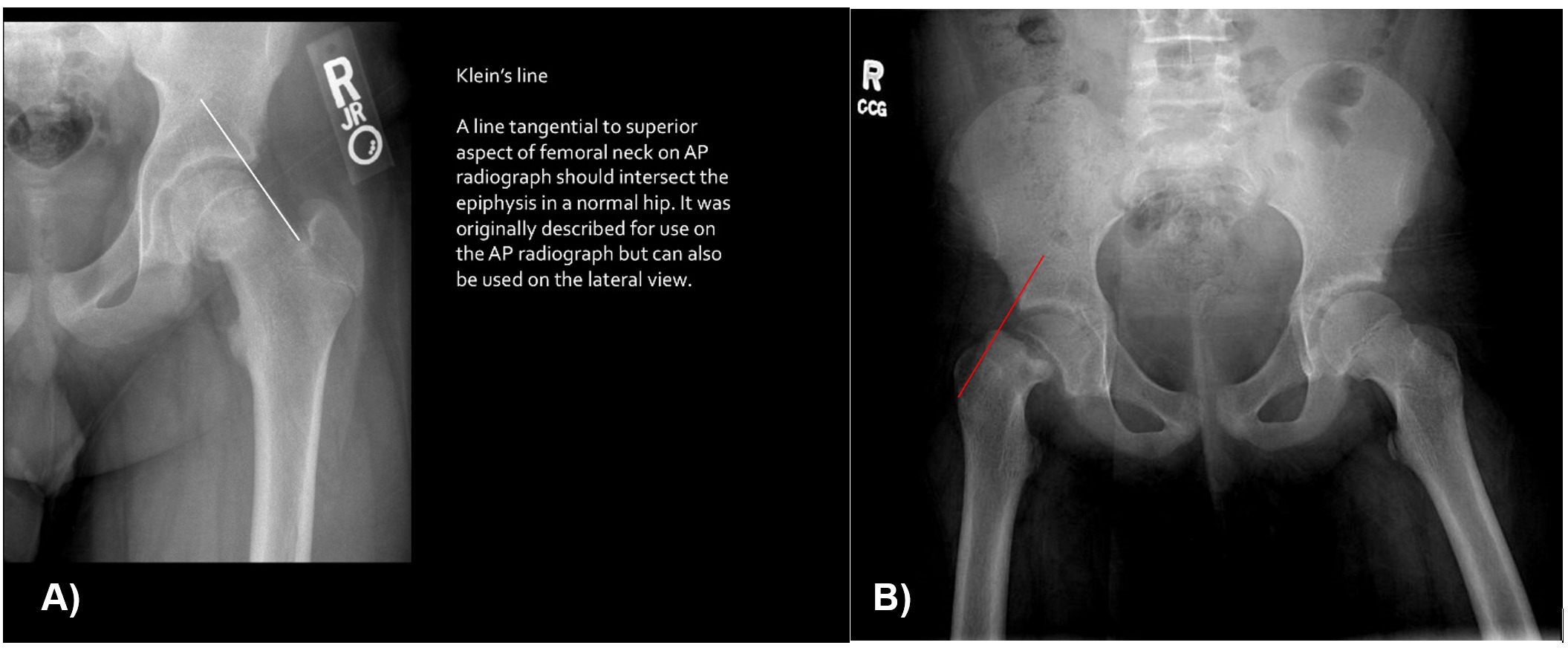
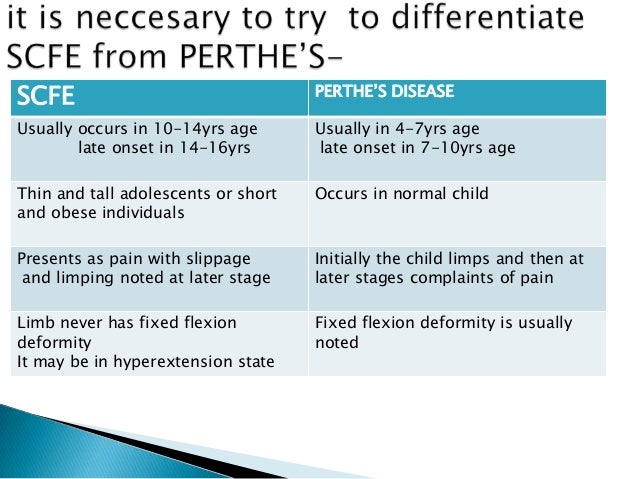
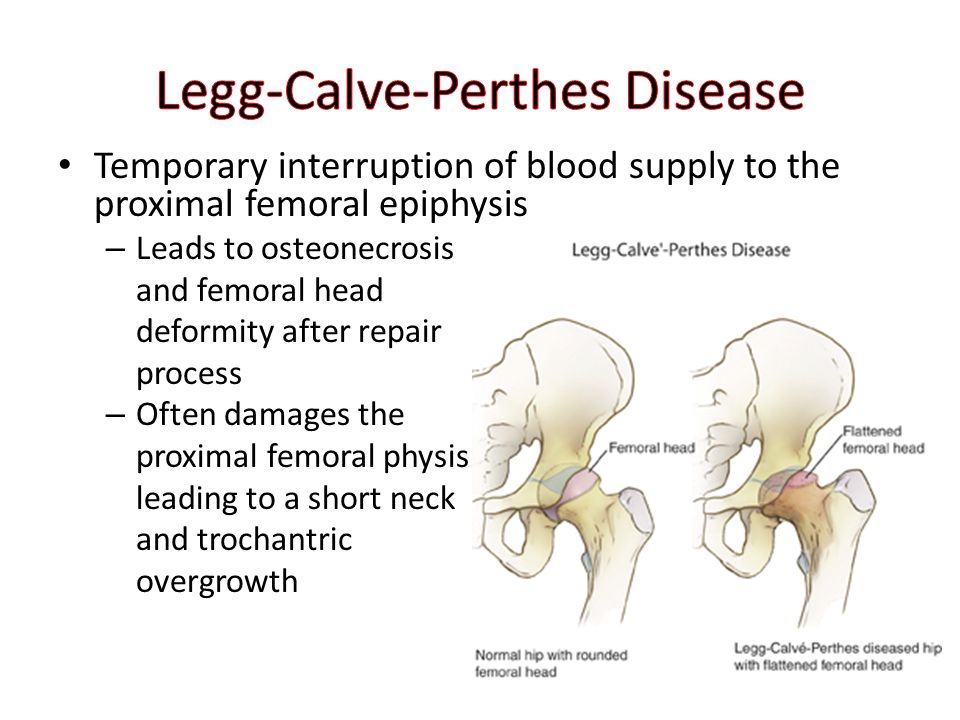





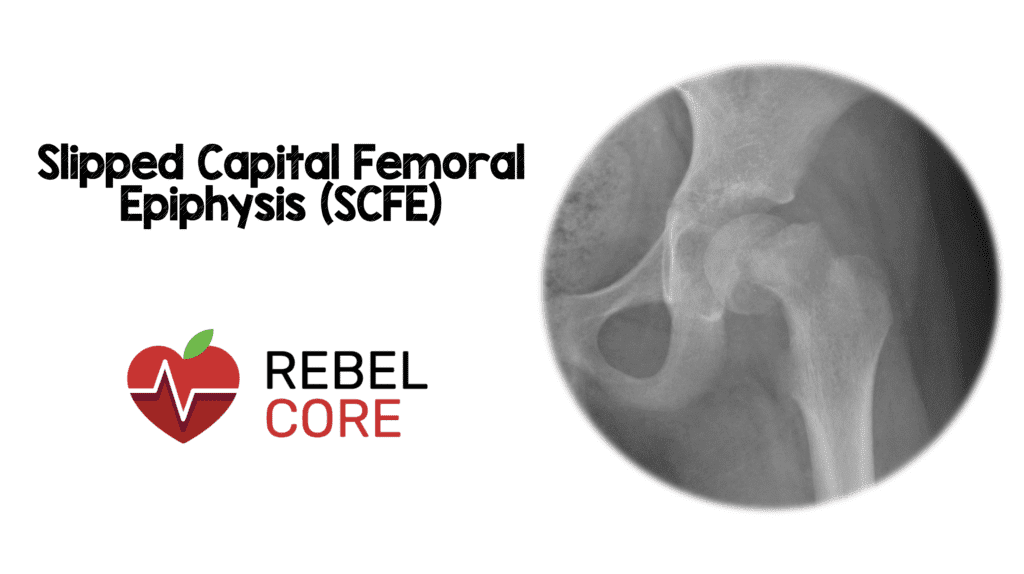


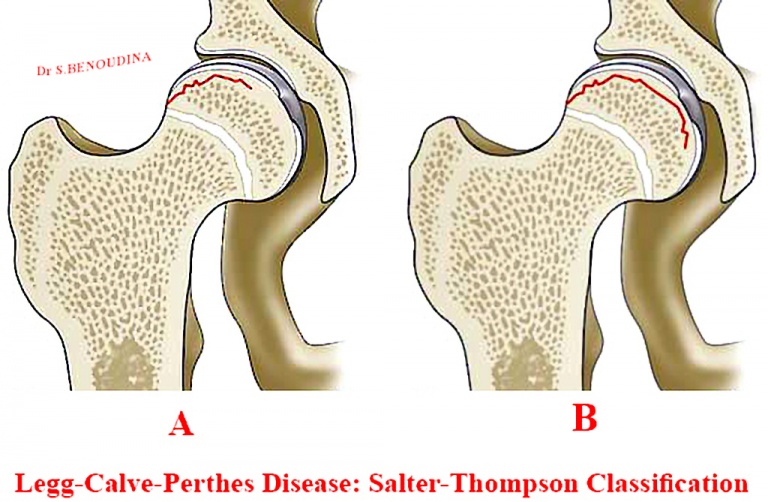
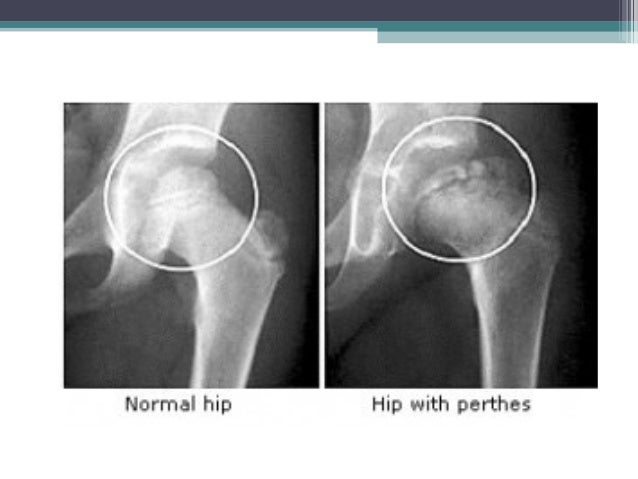






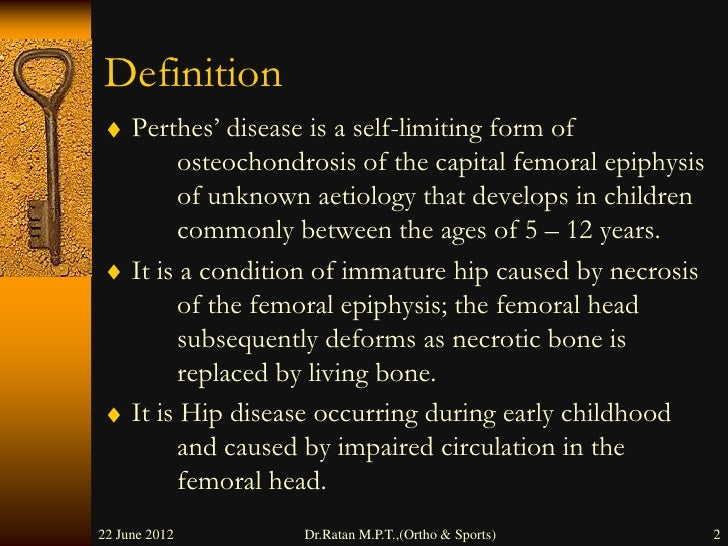
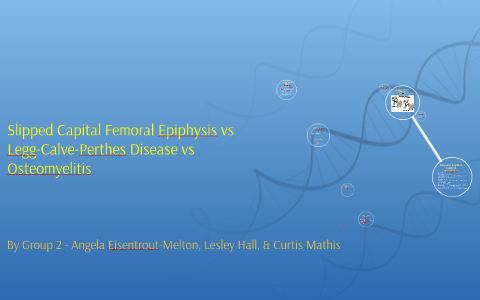
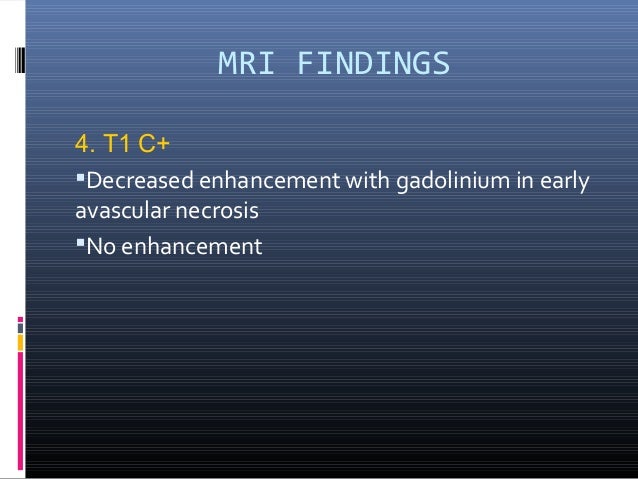







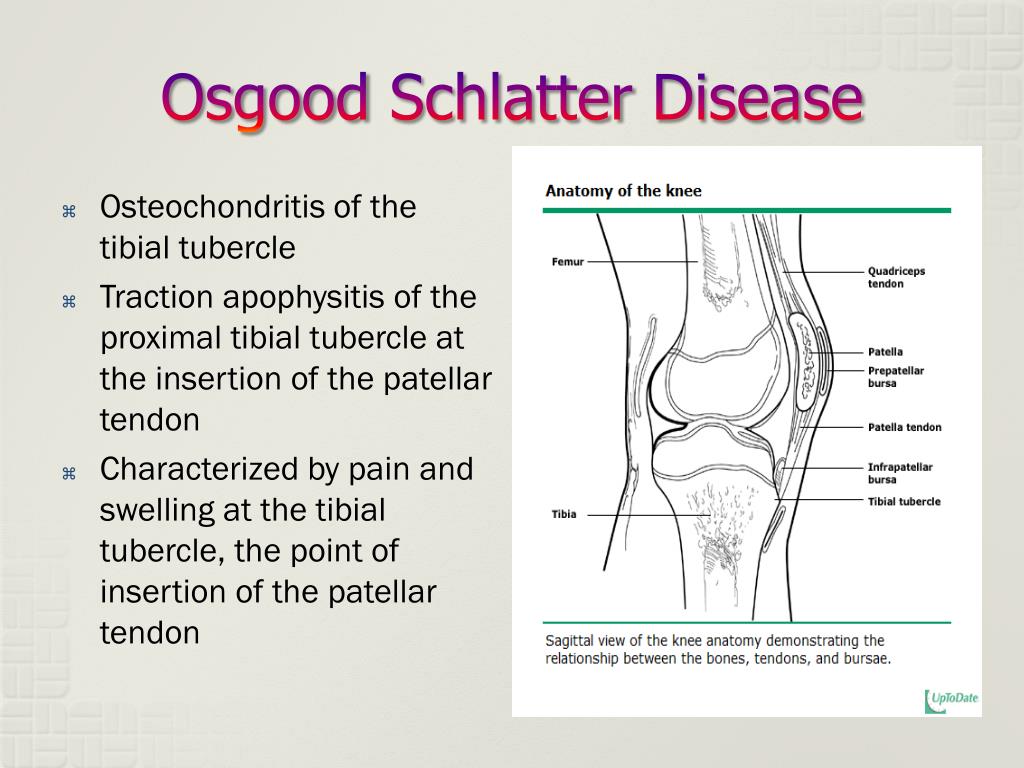
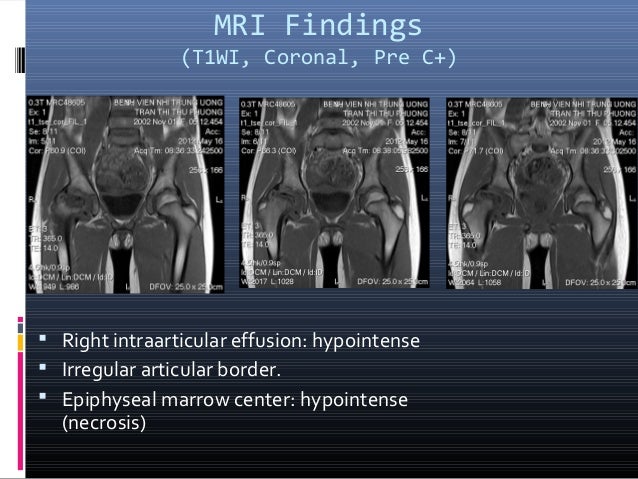

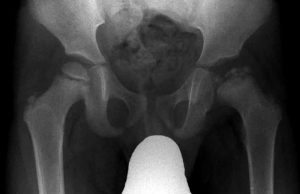
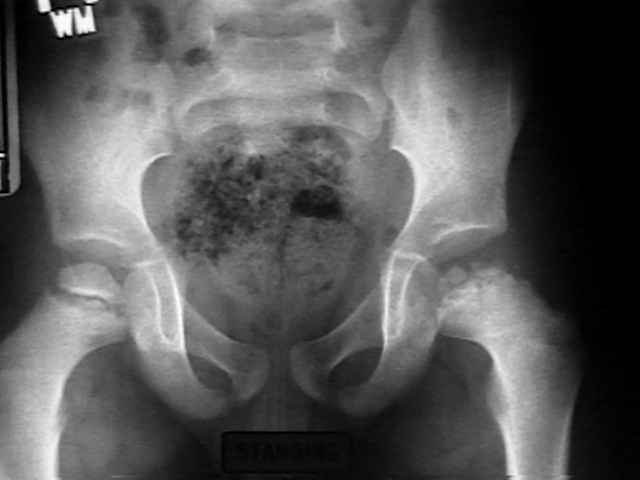





Post a Comment for "Legg Calve Perthes Disease Vs Scfe"